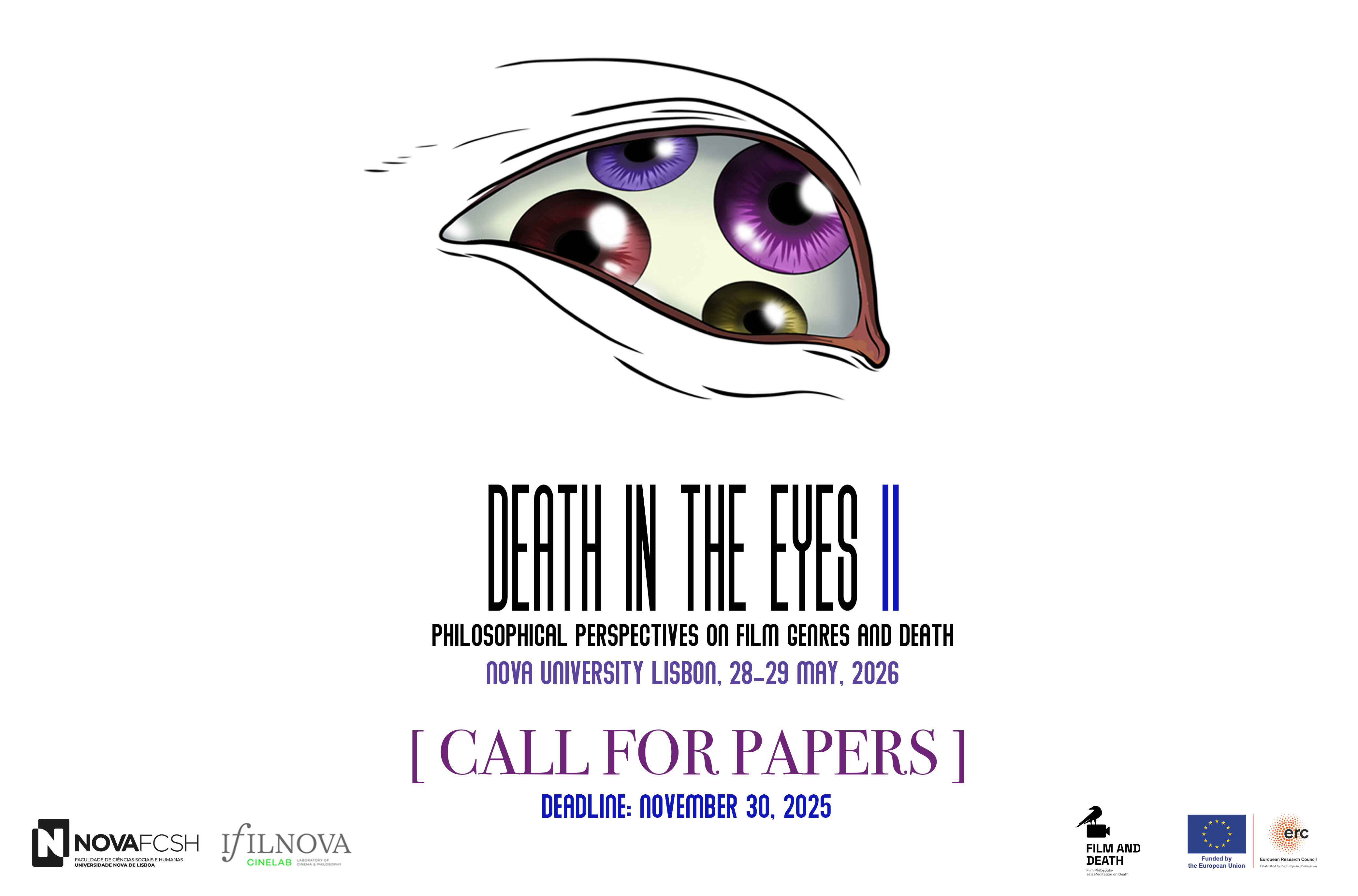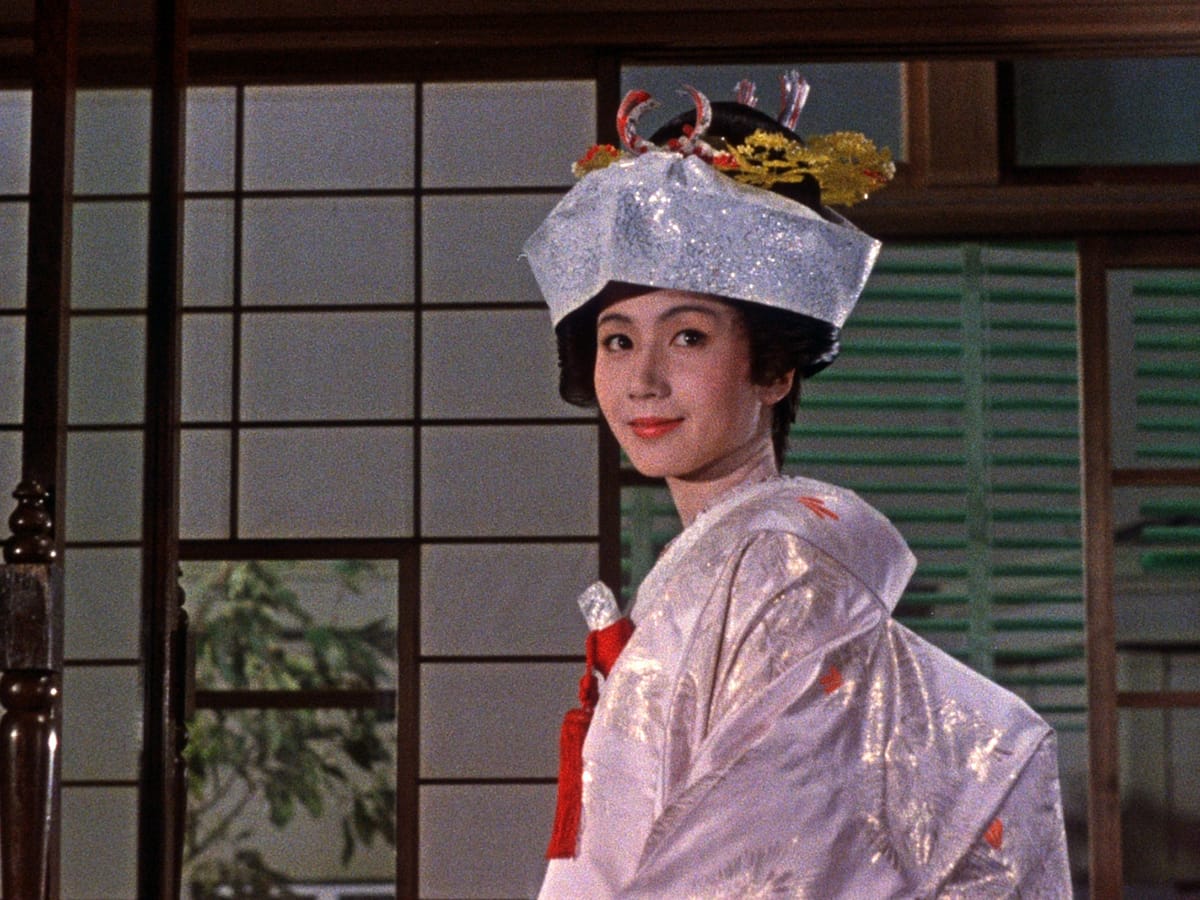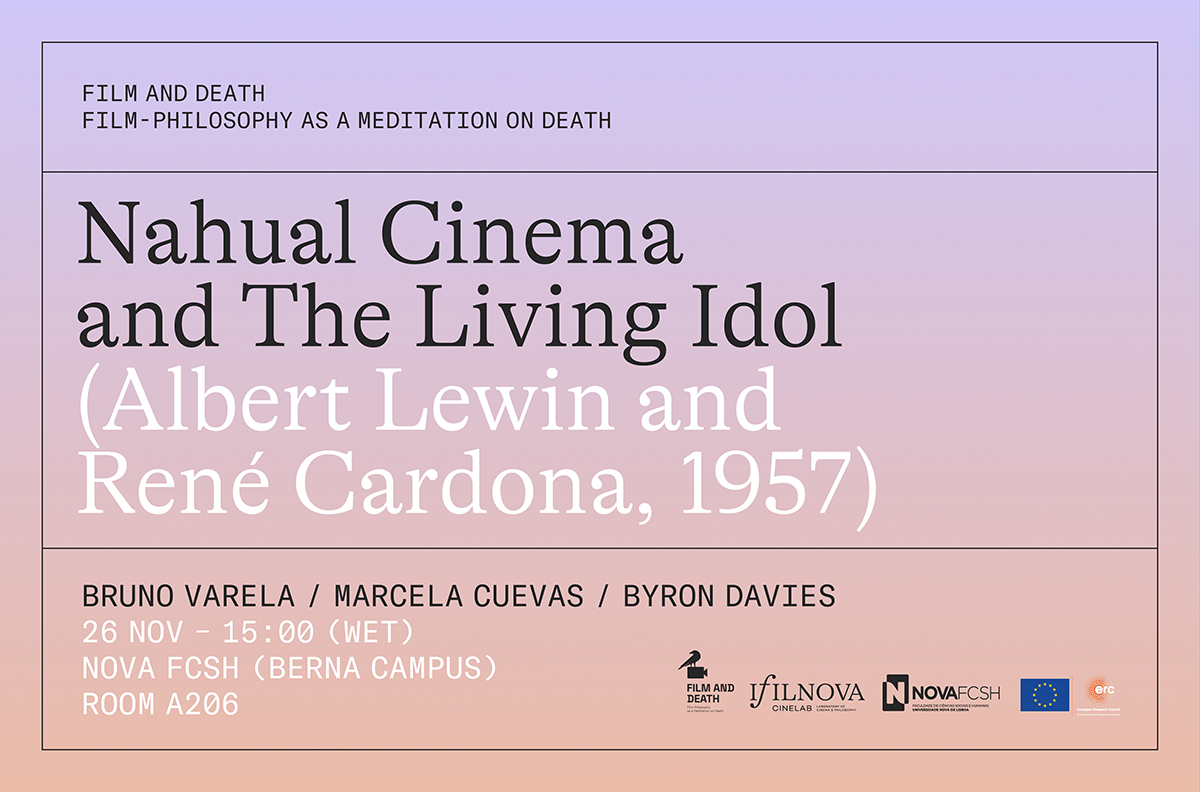

NOVA University Lisbon, 28-29 May, 2026 Keynote Speakers: Michele Aaron (University of Warwick) and Jean-Baptiste Thoret (Universitéde Poitiers) Like philosophical categories, film genres function as ways of unifying the manifold of experience, determining under what conditions the particular can be subsumed under the universal. This effort of inclusion lies at the very root of Western […]

Extended Deadline! CfP Special Issue on Swan Songs: Philosophical Reflections on Death, Time, and Memory in Testament Films
We are happy to announce the new home for the Special Issue “Swan Songs: Philosophical Reflections on Death, Time, and Memory in Testament Films”! The editors have chosen to publish it in Arts, an international, peer-reviewed, open-access journal (also published online by MDPI) devoted to research on all facets of the visual and performing arts, […]

New article from Patrícia Castello Branco for our Arts’ Special Issue on Swan Songs
We are pleased to announce that our Arts‘ Special Issue on Swan Songs: Philosophical Reflections on Death, Time, and Memory in Testament Films keeps growing. You can now read a new open-access article from Patrícia Castello Branco, titled “The Anti-Testament of Ozu: Time, Finitude and Repetition in ‘An Autumn Afternoon'”. This new article offers a reading […]

New article on our Arts’ Special Issue on Swan Songs
The editors of Swan Songs, Vasco Baptista Marques and Susana Viegas, are pleased to announce the publication of a new open-access article: “A.I. Artificial Intelligence (2001) as the Spiritual Swan Song of Stanley Kubrick” by Alexandre Nascimento Braga Teixeira. The article proposes a reading of “A.I. Artificial Intelligence” as Kubrick’s spiritual swan song, despite the film’s […]

Lucas Ferraço Nassif for Psychoanalytic Inquiry
Following his participation in a roundtable on Temporalities, Desires, and Identities in Social Media and the Unconscious, on November 2, Lucas Ferraço Nassif will again take part in the cycle Digital Minds, for Psychoanalytic Inquiry, on November 23, 9:00 – 10:30 AM PT. These roundtables are part of a series on Decentralized Learning Experiences. Digital […]

Join us on our next seminar with Byron Davies, Bruno Varela and Marcela Cuevas
On November 26 3-6PM, join us at NOVA FCSH (Berna Campus, Room A206) for a presentation by three members of Salón de Cines Múltiples (SACIMU): Bruno Varela, Marcela Cuevas and our first resident Byron Davies. They will talk to us about “Nahual Cinema and The Living Idol (Albert Lewin and René Cardona, 1957)”. Abstract In […]
